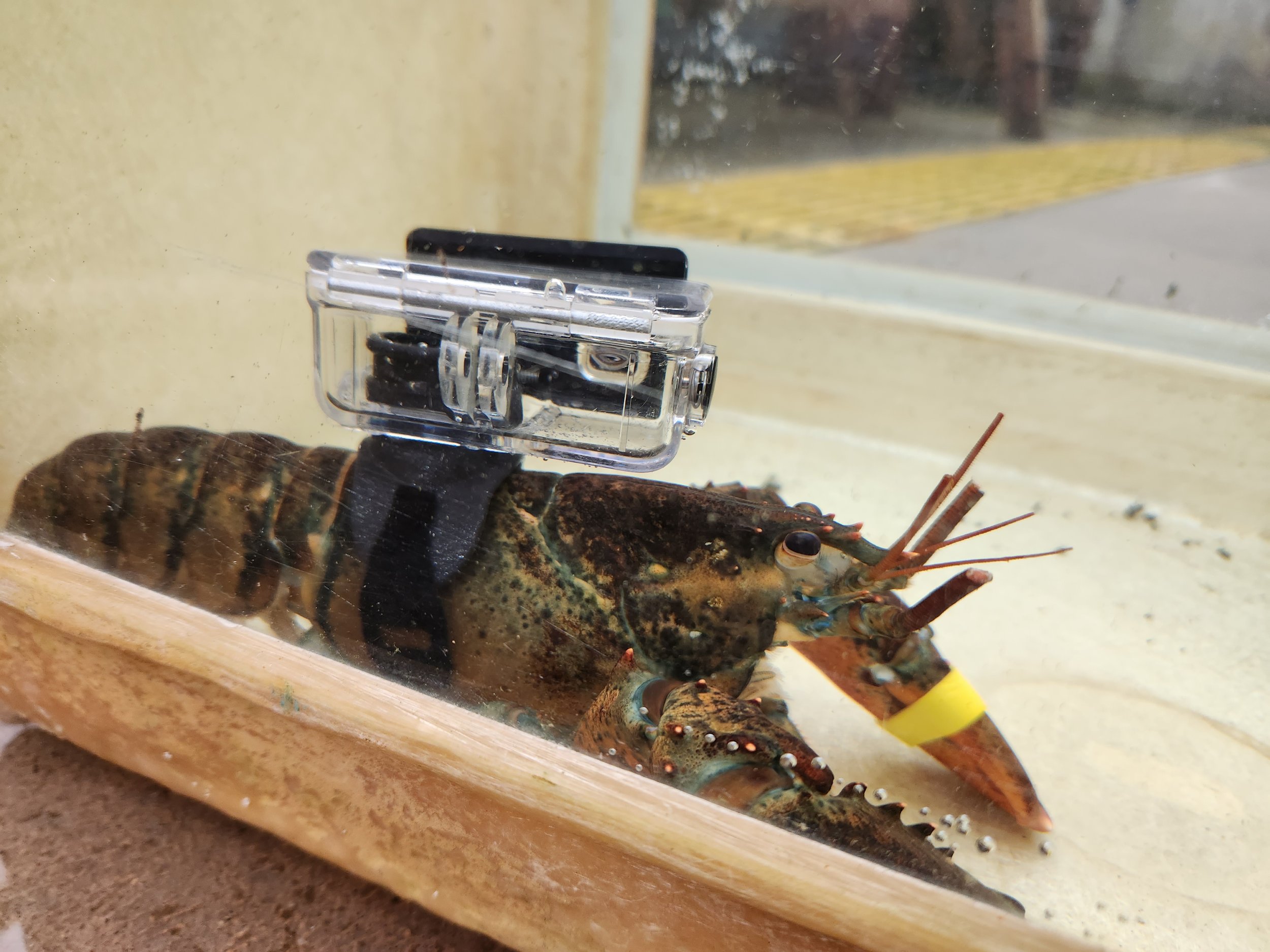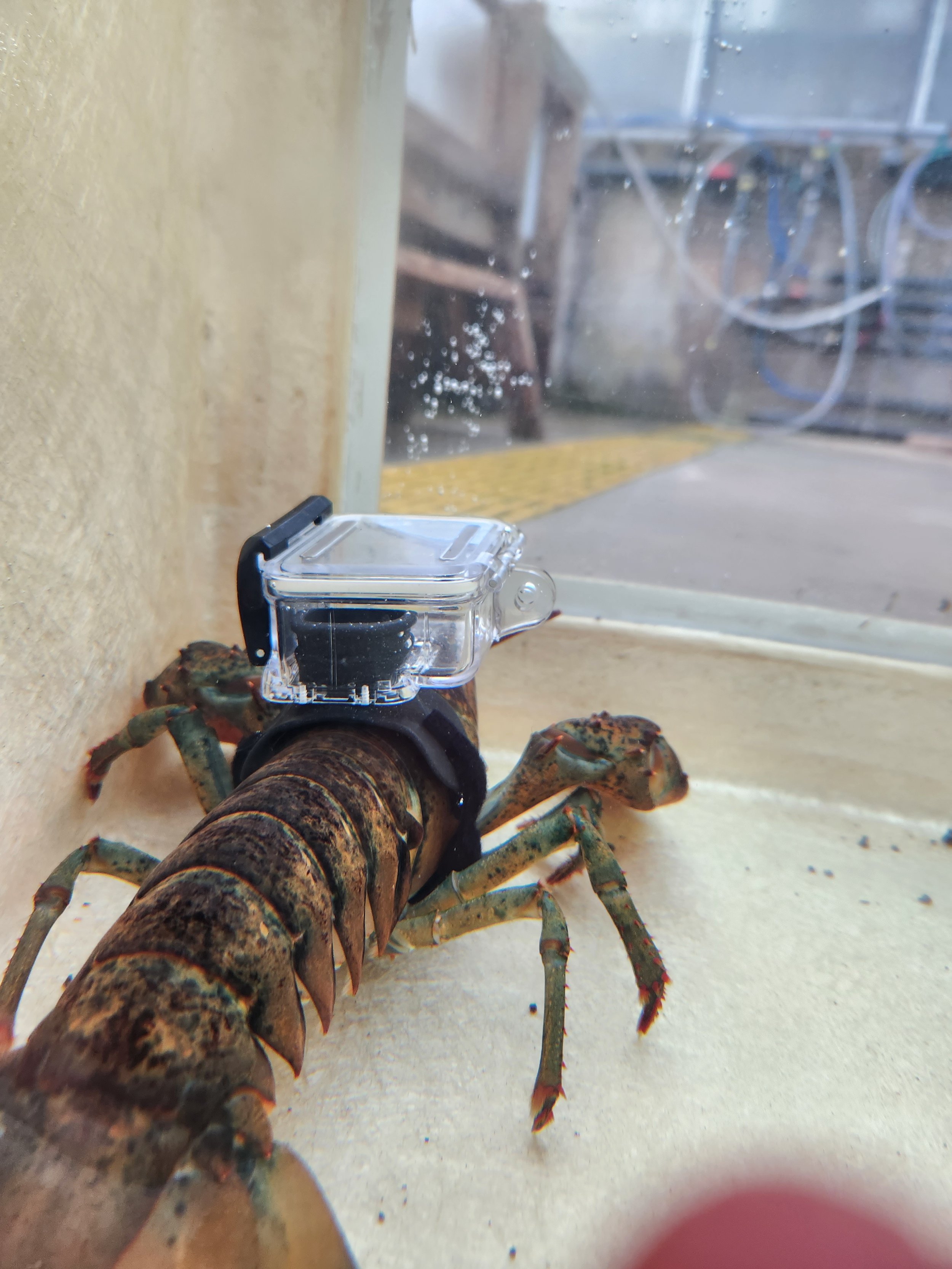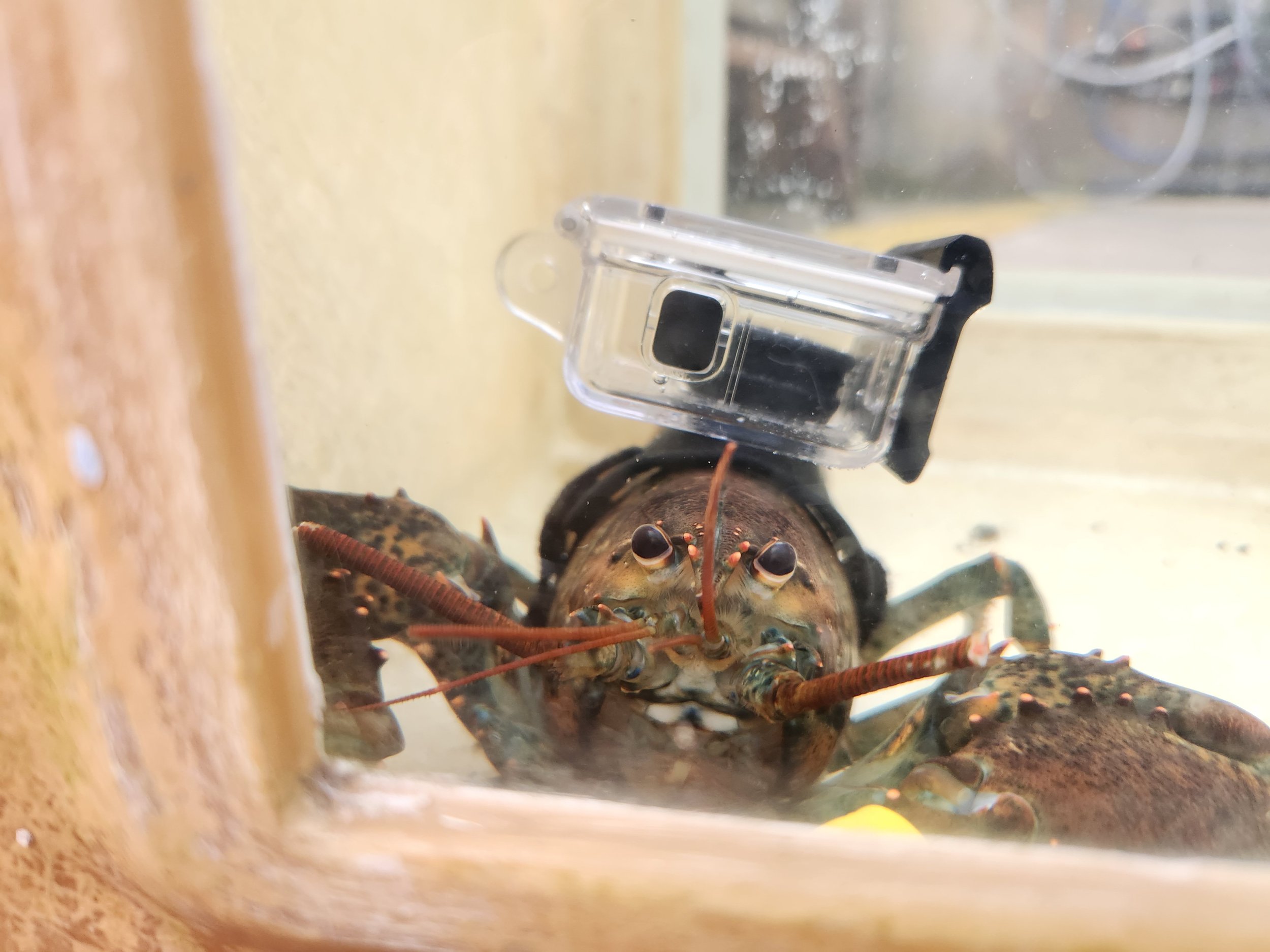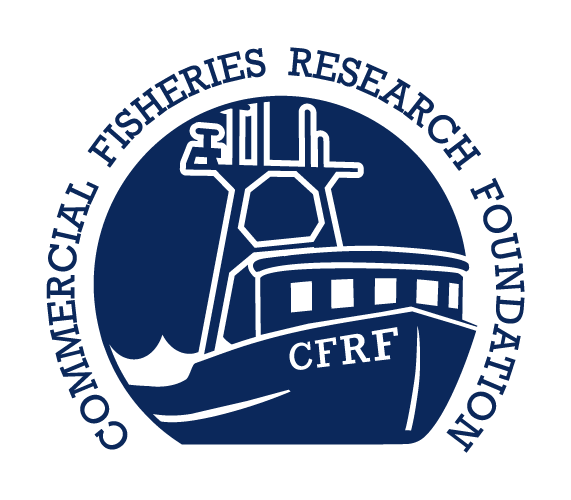Determining the dose- and range-dependent impacts of windfarm noise on stress in the American lobster
General Description:
The offshore ecosystem is increasingly important for the American lobster (Homarus americanus), yet the suitability of this habitat is threatened by escalating noise from windfarm development. The types of noise produced by this activity—intense acoustic impulses during construction and nearly continuous operational noise—occur at the very same acoustic frequencies used by American lobster. Invertebrates, including crustaceans, are increasingly understood as sound sensitive, yet little is known about how lobster respond to anthropogenic noise. This lack of information leaves the American lobster at risk of experiencing harmful noise-induced impacts to which we are unaware and thereby unable to mitigate. To reduce this risk, we will generate data for three independent research objectives, and from these data sets develop empirically-based predictions of whether lobsters are experiencing physiological and behavioral stress in response to windfarm noise and over what distances these impacts may occur. We will achieve our objectives through: 1) collaborative research enabling offshore windfarm soundscape measurements directly in lobster habitat within the South Fork and Revolution Wind Farms; and 2) controlled experiments testing how heart rate and foraging and exploratory behaviors are affected by noise, examining both females and males in response to both continuous and impulsive noise to address potential sex- and stressor-based variation. Evidence of how windfarm-associated noise affects physiological stress and behaviors of avoidance, foraging, and activity has implications for the fitness and interactions of individuals and the distribution and abundance of populations exposed to windfarm noise. These data are necessary to collect and communicate to the fishery industry, managers, and science so that we can balance the needs of all stakeholders with those of the culturally- and economically-vital American lobster.
Project Goals:
Assess noise pollution generated by windfarm activity in offshore lobster habitat, and compare these data to soundscapes recorded at control sites.
Investigate the potential impacts of windfarm-associated noise pollution on the heart rates of adult lobster males and females.
Investigate the potential impacts of windfarm-associated noise pollution on adult lobster foraging and exploratory behaviors in males and females.
Participant Vessels:
F/V Amelia Anne
F/V Ashley Ann II
F/V Erika Knight
Project Team:
Commercial Fisheries Research Foundation (CFRF):
Michael Long - CFRF Project Lead
N. David Bethoney
Woods Hole Oceanographic Institution (WHOI):
T. Aran Mooney
Andria Salas
Julien Bonnel
This Project is supported by:
Sea Grant American Lobster Research Program 2023 Award NA23OAR4170582




